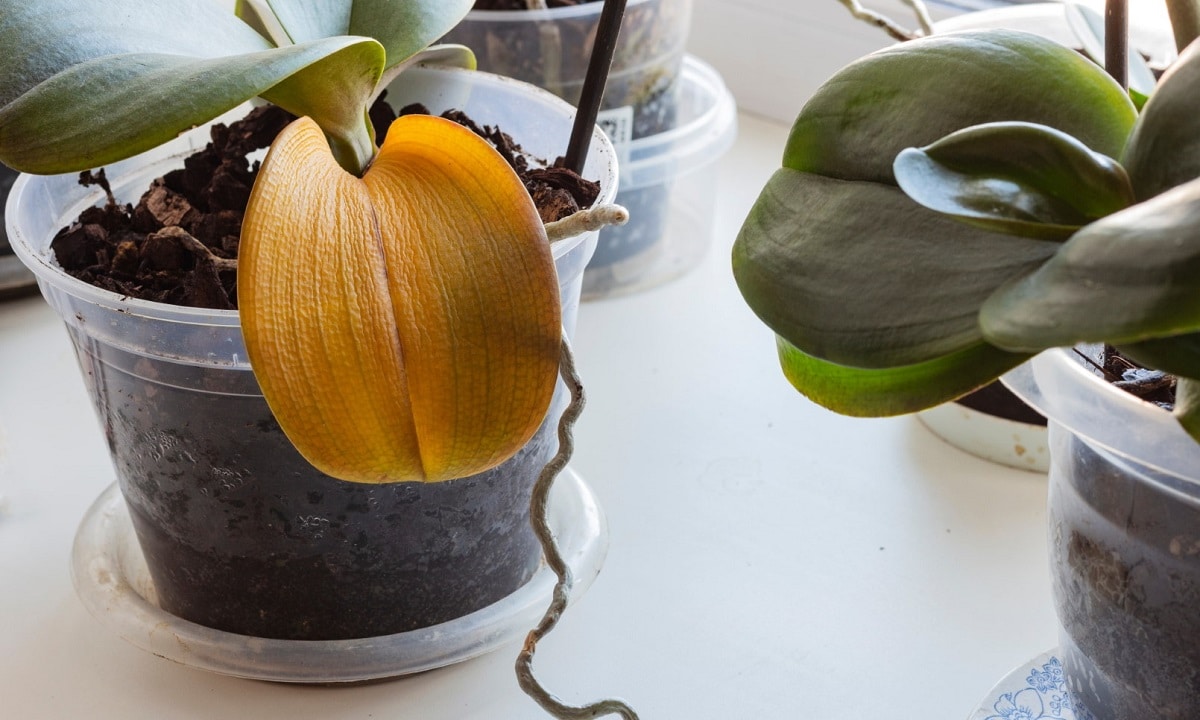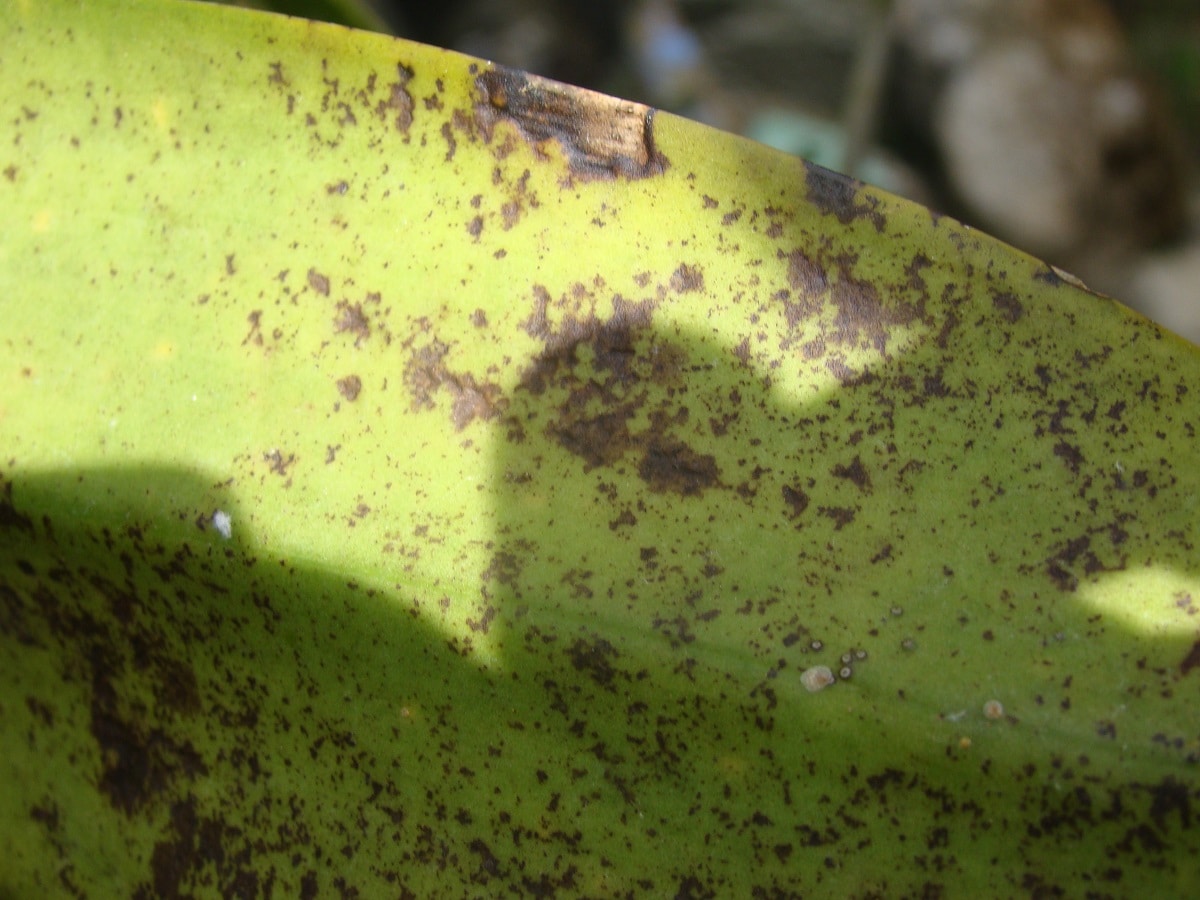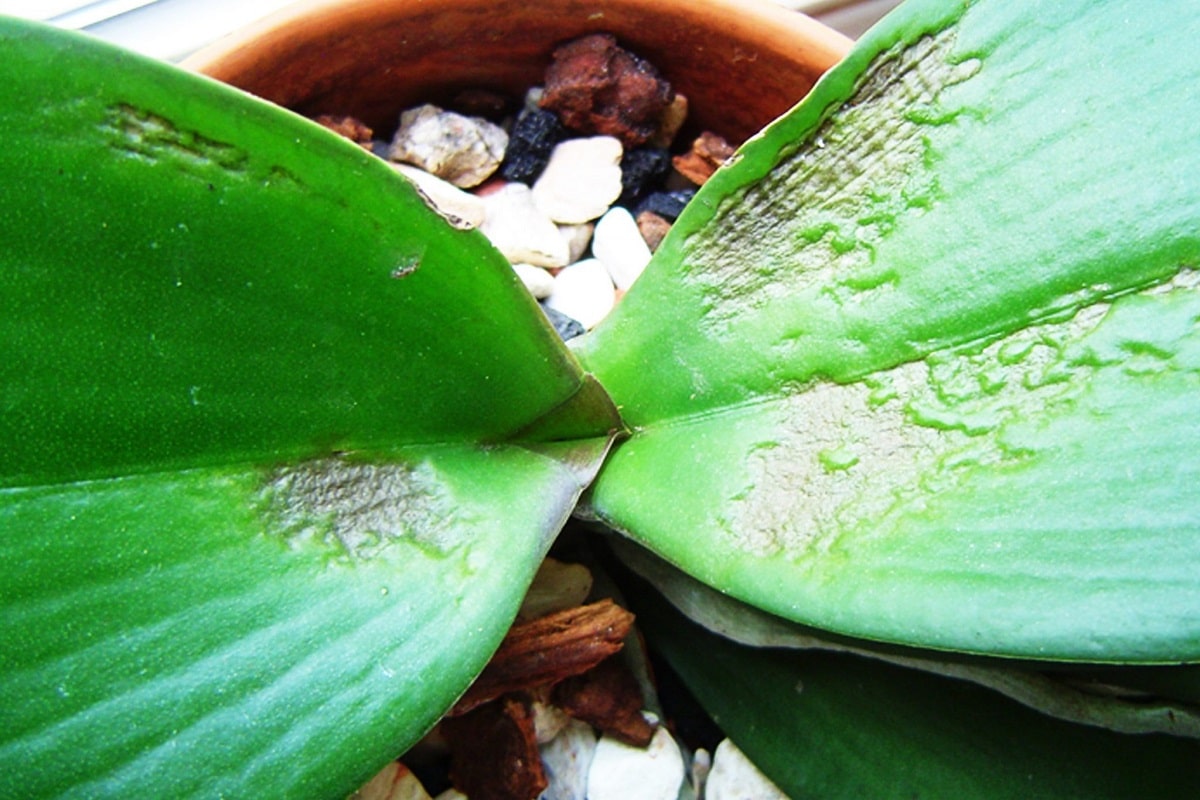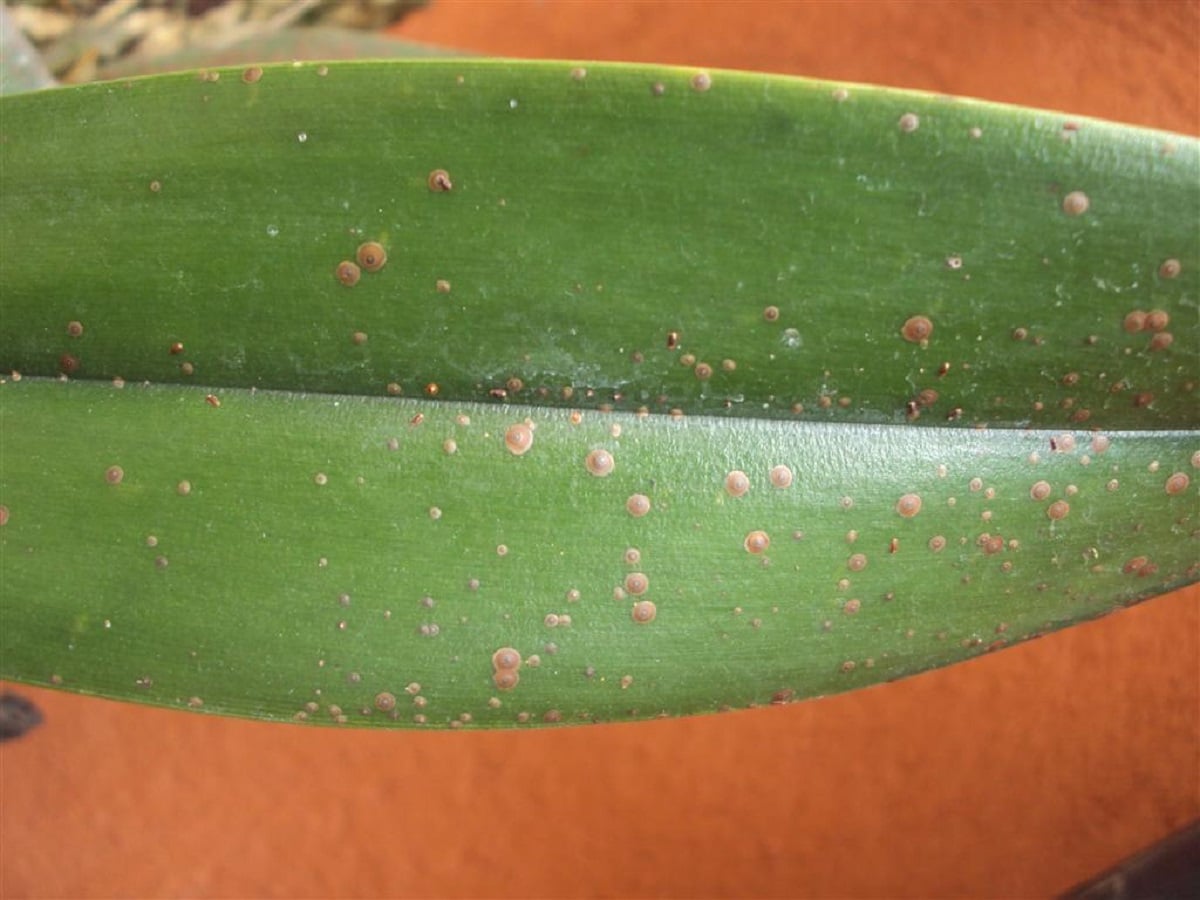
Orchids are plants widely used for both interior and exterior decoration. Her beauty is usually her main strength. However, they are plants that do not escape the typical diseases that attack plants. In this case, the orchid diseases They can be easily identified and an appropriate treatment prepared for it.
In this article we are going to tell you about orchid diseases, how you should identify them and what treatments they have.
Common orchid diseases

One of the most unique aspects of orchid diseases is that they can stem from the way we grow them. Orchid care involves the moist environment necessary for these wonderful plants to thrive. However, it is precisely the humidity that causes many of the diseases that afflict them. The key is balance. Being able to provide our plants with what they need, but always carefully to avoid collateral damage.
For this, registration is important. Despite being tropical, orchids do not need high temperatures. What's more: exposing them to the increased humidity they need is an ideal breeding ground for orchid diseases. We must add an aspect of poor root aeration and even poor irrigation practices. Nothing is more important than knowing the dangers of overwatering your orchid when growing this beautiful plant.
But nothing better than knowing about orchid diseases to stop them as quickly as possible, as well as knowing what to pay attention to. Not only for the health of the plant, but also to prevent it from getting sick again.
Identification and treatment of orchid diseases

Root rot
We start with what could be the main cause of death of these plants. Root rot is one of the most common orchid diseases and, moreover, It is largely our responsibility. It usually appears when we do not water correctly. And we are not referring only to the amount of water, not to water them as in traditional pots, or even to put a low plate on them to retain the water. We also mentioned an important detail: when to water.
A substrate that is good for aeration is the key to avoiding orchid diseases. Root rot is still fungus-infected roots. Presented in a visually recognizable way. Their main feature is that they acquire a brownish tint and lose their consistency. If we detect them in our factory, it is important to act as soon as possible. To prevent its spread, we must:
- Remove rotten roots with pre-sterilized scissors and completely sterile
- If fungal growth is significant, use a fungicide on the roots.
- Transplant to a new substrate and pot with adequate ventilation
- Temporarily control watering until the roots lose moisture.
fungal disease
Orchids live and thrive in controlled humidity environments. One is also prone to fungus. Although they appear on the roots under the above conditions, they can also appear on the leaves of orchids.
Curiously, when they appear, they have the same causes as the previous ones: heat, excess humidity or poor aeration of the roots. When they manifest in leaves or flowers, they appear in different forms that are easily recognizable. They usually appear as larger or smaller black spots that dot the leaves or leave compact marks. Sometimes the leaves will even start to turn yellow until they turn brown or even black.
Depending on the type of fungus, transmission through plants can be important. Therefore, ideally:
- Treat the plants with a specific fungicide for orchids. Even, it does not hurt to use it prophylactically since spring to avoid it
- Check the drainage of the pot to confirm that it drains the water properly
bacterial diseases
Another awkward visitor to these wonderful plants. And there is only one reason for this: higher than expected humidity. Its main characteristic is how it manifests itself in the leaves. Bacterial stains have a watery appearance in their initial state. Later, they may yellow the leaves around this easily identifiable starting point. If the leaves of our orchids yellowed directly, we would have to take extreme precautions. This is because the water has accumulated in the neck of the plant and the bacteria have reached the roots.
We do not try to minimize it. Bacterial infection can cause the death of the plant. The progression is usually rapid until the entire plant is colonized. And curiously chemotherapy usually doesn't work very well. Cinnamon is antibacterial, antifungal, and even insecticidal. And, added, it is completely natural. The condition of the orchids is important, orchids do not tolerate chemicals very well.
Virus
If our plants are infected with a virus, we probably won't be able to do much more than try. Although they are difficult to identify, there is an adage that defines them. And their leaf spots often respond to repeating patterns.
The presence of viruses in orchids is due to a variety of external factors. Since it is insects or pests that deposit it on its leaves, we transmit it to them through treatment. To date, more than 30 viruses have been identified that affect orchids, but it is not known how to stop them. The only thing we can do is:
- Cut affected leaves where the disease pattern is present. The ideal is to burn the cuts of the leaves with cinnamon
- Keep our pots away from other pots to keep them as isolated as possible.
- If the pattern of the virus reappears, we will have no choice but to sacrifice our plants by burning them.
How to prevent orchid diseases

Orchids do not need water like other plants. In general, most types of orchids need to be watered by dipping and watering at intervals. For many plants, the best indicator of when to water again is their roots. Green roots are well-watered roots that don't need more water at this time. How do you know when the ideal time is? In most cases, when the roots acquire a silvery tint.
Although orchids are plants that undergo frequent changes, transplantation is one of the essential tasks of their health. We have to hit the moment and not always disturb it when flowering ends.
But just as important as choosing a good substrate or the right time is making sure that the planting area is free of external factors. This is essential if we recycle previous orchid pots or even diseased plants. If we don't disinfect them thoroughly, we can spread disease to healthy plants.
I hope that with this information you can learn more about orchid diseases and how to treat them.